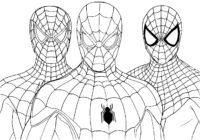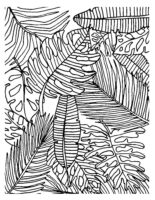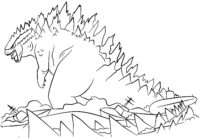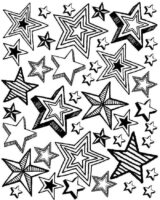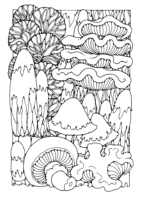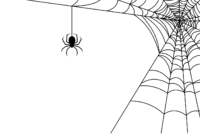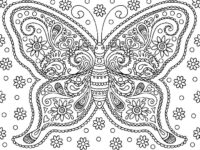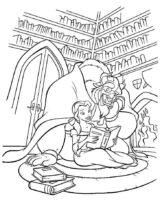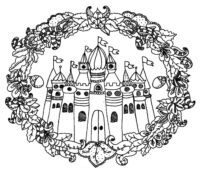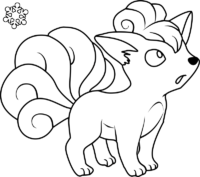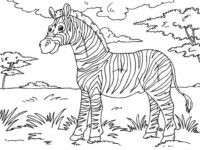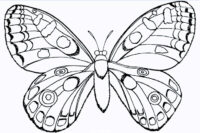Thomas Edison Coloring Page
Thomas Edison Coloring Page
In 1877, Edison developed the carbon transmitter, a device that improved the sound of the telephone, making it possible to transmit sound at a higher volume and with greater clarity.
In the same year, his work with the telegraph and telephone pushed him to invent the phonograph, which recorded sounds as indentations on a paraffin-coated paper; when the paper was moved under a pen, the sounds were reproduced. The device immediately made a splash and the press called Edison the “Wizard of Menlo Park”, although it took many years until it was immediately manufactured and put on the market.
In 1878, Edison focused on inventing a safe and inexpensive electric light to replace gas light, a challenge that scientists have been grappling with for the past 50 years. Thanks to well-known financial backers such as J. P. Morgan and the Vanderbilt family, Edison founded the Edison Electric Light Company and began research and development.
In October 1879, he came across a light bulb using a platinum filament, and in the summer of 1880, carbonized bamboo as a suitable alternative to the filament, which proved to be the key to a long-lasting and affordable light bulb. In 1881, he founded an electric light company in Newark, and the following year, he moved his family (now including three children) to New York.
Although Edison’s early incandescent lighting systems had problems, they were used at highly acclaimed events such as the Paris Lighting Fair in 1881 and the Crystal Palace in London in 1882. Competitors soon appeared George Westinghouse, which, as an alternative, was part of the alternating or AC current. Edison’s direct or against DC current). By 1889, AC currents would come to dominate this area, and Edison General Electric Co., merged with another company in 1892 to become the General Electric Co.
Edison’s wife, Mary, died in August 1884, and he remarried Mirna Miller in 1886; they would have three children together. He established a large real estate and research laboratory in West Orange, New Jersey, with facilities such as a machine shop, a library, and buildings for metallurgy, chemistry, and woodworking. Influenced by others’ work to improve the phonograph, he began working to produce a commercial model. He also had the idea of connecting the phonograph to a zoetrope, a device that Decouples a Decoupling of photographs in such a way that they move in unison. Working with William K.L. Dickson, Edison was able to create a motion picture, a kinetograph, and a Kinetoscope, a viewing device, for which he received a patent in 1891.
After years of heated legal battles with his competitors in the motion picture industry, Edison had stopped working with moving film in 1918. In the intervening time, he had managed to develop an alkaline storage battery, which he used Decently as a power source. for the phonograph but later provided for submarines and electric vehicles. In 1912, automaker Henry Ford asked Edison to design a battery for the self-starter that would be introduced in the iconic Model T..
The collaboration started an ongoing relationship between the two great American entrepreneurs. Dec. Despite the relatively limited success of his later inventions (including his long struggle to perfect a magnetic ore separator), Edison continued to work into the 80s. His rise from poor, uneducated railway worker to one of the most famous men in the world made him a folk hero. More than any other individual, he is credited for creating the framework for modern technology and society in the age of electricity.





